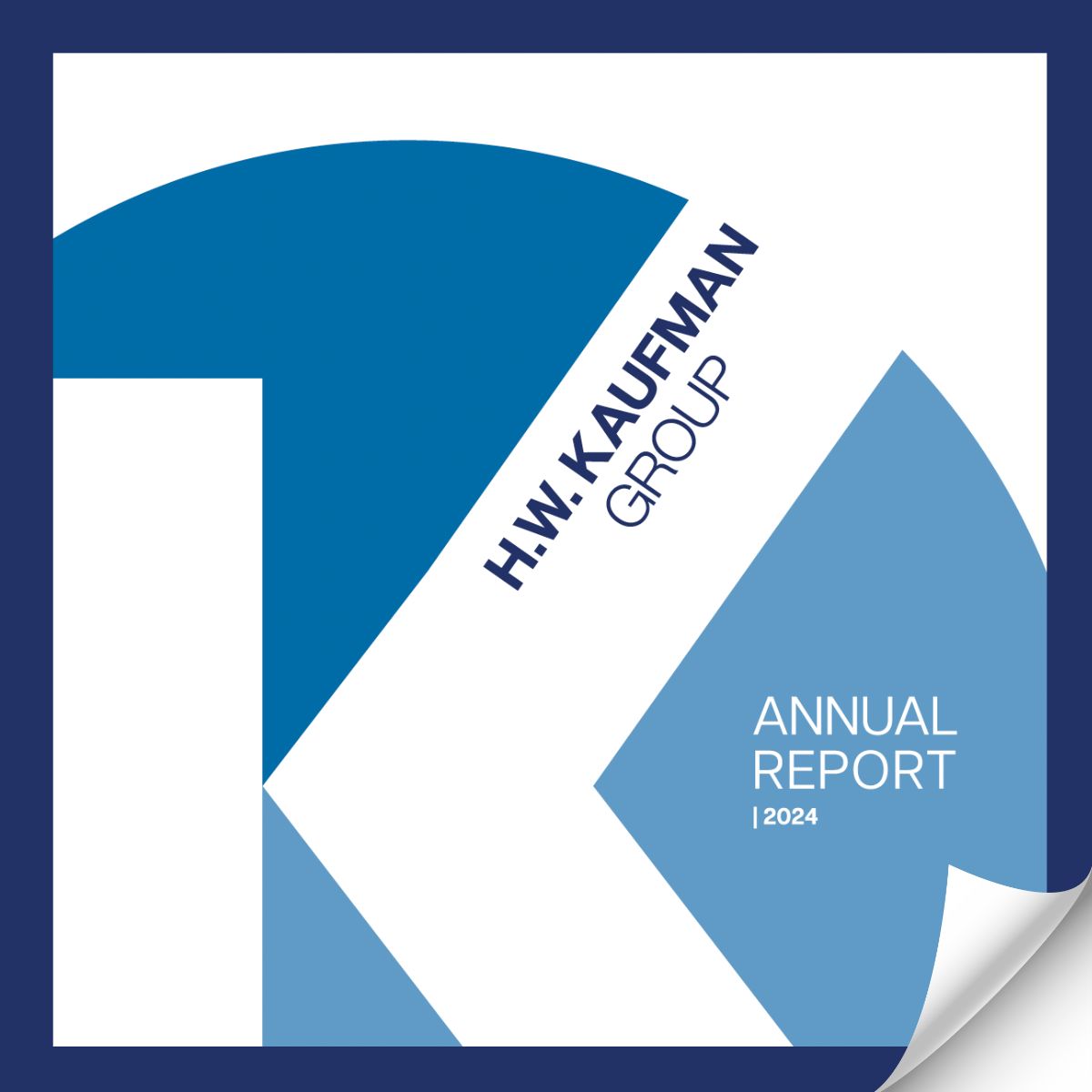Halloween spending is expected to reach $8.8 billion in the U.S. this year, with Americans paying an average of $86 each for costumes, candy, decor and other products to celebrate the season. While parents invest heavily in the holiday — the best holiday of the year, say 44 percent of Canadians — it is the trick-or-treaters themselves who have the most to lose when Halloween fails to meet their expectations.
Candy theft, costume failures and other Halloween disasters can prove devastating for children counting on unrestricted joy and sugar consumption. Consequently, risk-averse kids are increasingly seeking out insurance policies to address the gravest threats to their complete satisfaction.
“Trick-or-treaters invest considerable time, energy and emotional resources in this holiday, and they deserve recourse when the payoff falls short of their expectations,” said Bill Gatewood, Corporate Senior Vice President, Personal Insurance, Burns & Wilcox, Detroit/Farmington Hills, Michigan. “As industry leaders, we knew we had to protect their investment.”
Candy loss
The most popular type of insurance coverage for trick-or-treaters is a Confectionery Indemnification Policy (CIP), which helps recoup candy lost to theft, low neighborhood participation, inferior treats and other pre-defined exposures.
The “Golden Ticket” CIP endorsement offers additional reimbursement if the client’s haul includes an unusually high number of inferior treats, subcategorized as “gross” or “lame” items. Gross items may include circus peanuts, generic peanut butter cups, organic, natural or sugar-free candy, and anything containing coconut. Qualifying lame items include fruit, granola clusters or other “treats” containing whole grains or seeds, pencils, erasers and non-paper currency.

Trick-or-treaters invest considerable time, energy and emotional resources in this holiday, and they deserve recourse when the payoff falls short of their expectations. As industry leaders, we knew we had to protect their investment.
CIPs have been in high demand since being introduced to the market last year, Gatewood said, with sales bolstered by the accessible $10 annual premiums. Interest is expected to increase as word of mouth spreads on playgrounds, Fortnite squad chats and Roblox servers.
“Sophisticated trick-or-treaters are looking to protect their candy haul,” he said. “I could have spent a lot of time and money analyzing actuarial data and utilizing predictive modelling, but I did not. My gut told me that children are naturally fascinated with insurance.”
A Family Theft endorsement is available with some CIPs. This protects policyholders from the inordinate risk of candy theft by immediate family members, including losses that take place during fraudulent “candy inspections” conducted by parents seeking high-value treats for personal consumption without the policyholder’s consent.
Gatewood said he expects sales of Family Theft endorsements to skyrocket once the industry defeats the powerful parental lobby behind the so-called “permission slip clause,” requiring those under 18 to obtain notarized parental signatures to purchase them. Sales to date have been nonexistent, he admitted.
Costume considerations
Halloween costumes are a $3.2 billion industry in the U.S. and the top spending category for Halloween shoppers each year, followed by candy at $2.6 billion. For many children, however, enjoyment related to dressing up on October 31 is tarnished due to parental procrastination, buyer’s remorse and embarrassment stemming from subpar materials or amateur assembly.

Sophisticated trick-or-treaters are looking to protect their candy haul. I could have spent a lot of time and money analyzing actuarial data and utilizing predictive modelling, but I did not. My gut told me that children are naturally fascinated with insurance.
To combat this growing problem, specialty insurance providers have introduced Imaginative Apparel Insurance (IA). IA policies cover the cost of a second, third or fourth costume when a child’s original costume must be replaced due to Juvenile Buyer’s Remorse, a common affliction often linked to animated films released just before Halloween. The policy also covers excess costume purchases to correct duplications among a policyholder’s five closest friends.
CIP policyholders must keep costume quality in mind, as poorly-planned ensembles may lead to disqualification for candy losses under the policy’s Apparel Standard of Care Warranty. Dressing up as a political figure, member of a rival sports team, or wearing any ensemble demonstrating “apathy or a clear lack of planning and effort” may adversely impact the amount of candy received at any given house, Gatewood warned.
“If you know your costume is likely to result in a predictable decline in candy or invoke some other adverse reaction in treat providers, my advice is to go back to the drawing board. Consult your professional risk manager before making a final costume choice,” he said. “Otherwise you may find your candy shortfall is not covered, just because you decided to wear jeans and a t-shirt with the word ‘costume’ scrawled on it in magic marker.”
Parental fails
Due to overwhelming demand, Parental Fault Insurance policies are now available to reimburse losses directly related to poor Halloween planning or execution by a client’s parents — including last-minute costume shopping or requiring the client to use the sidewalk rather than cut across lawns to reach houses more quickly and efficiently.

We cannot overstate the value of putting fun first and meeting our clients where they are. Someone asked me recently whether we will be offering coverage for holiday gift disappointment next, and I can tell you right now that it is not off the table.
“A parent who ‘calls it quits’ early in the evening due to uncomfortable weather conditions, for example, is absolutely going to have a direct impact on how much candy our client receives on Halloween compared to his or her peers,” said Gatewood. “We see this all the time.”
These policies exclude losses due to whining, foot-dragging or temper tantrums on the part of the insured or related to any events outside of traditional trick-or-treating on October 31.
“We cannot overstate the value of putting fun first and meeting our clients where they are. Someone asked me recently whether we will be offering coverage for holiday gift disappointment next, and I can tell you right now that it is not off the table,” Gatewood said. “The sky is the limit.”
This information was provided by Burns & Wilcox, North America’s leading wholesale insurance broker and underwriting manager. While Burns & Wilcox does offer a full range of insurance products for homeowners and businesses, the Confectionery Indemnification Policy, Imaginative Apparel and Parental Fault Insurance cited above are NOT actually available. Happy Halloween!
Burns & Wilcox works exclusively with retail insurance brokers and agents to assist clients like you with their specialty insurance needs. Ask your insurance broker or agent to review any insurance policies you do need to ensure you have proper protection.




